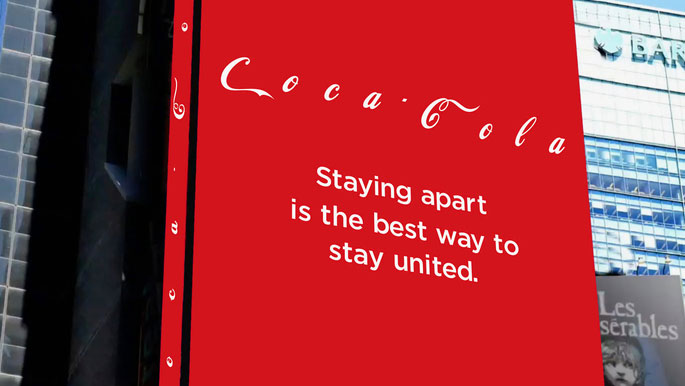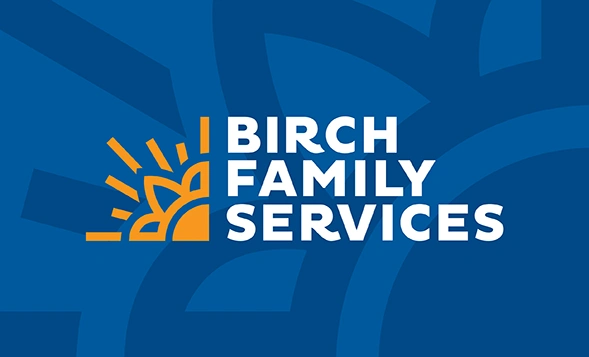How to reboot your brand for success in a post-COVID world
It’s spring. The pandemic is still here but many people are optimistic that better days are right around the corner. Why are so many businesses preparing for a new beginning? Well, for one, business has been tough. The lack of face-to-face time with clients, prospects, and associates has challenged many businesses and non-profit organizations, and required them to regroup to find different ways of doing things—even if they don’t have the extra time and need to delegate to others.
Still there is hope. Like flowers and animals coming to life in springtime, we are seeing signs of change. Change for the better. But sitting back and waiting for change is not what’s needed for many businesses. Being proactive now can make this summer a lush “vegetable garden” for your business. Below, we share three areas to help create an abundant season of change for your business.
When businesses and non-profit organizations approach Trillion for help solving their latest brand or creative challenge, it’s our job to help breathe new life into their projects and create a new beginning for them. With the pandemic affecting so many components in the business world, it’s no wonder how important it is to take a new look at your branding and marketing–because things have changed and will continue to do so.
Americans spend 7 hours, 11 minutes using the internet each day
Digital Presence
When it comes to your digital presence, it can mean many things. But what your digital presence needs to do is allow you to be found online, to consistently tell your story of how or who you help and include well-crafted content that engages your prospects. And according to Hootsuite, the average time Americans spend using the internet each day is a whopping seven hours and eleven minutes! Here are a few things to check:
- Online listings: Confirm that all of your key contact information and messaging is all up to date and consistent. The pandemic has caused most companies to adjust their hours or procedures and these should be reflected in your Google My Business (GMB) listing. Make sure all of your details are completed and being sensitive to the current, and near-term, pandemic environments or public concerns in your descriptions.
- Your website: Perform a Google search for your product or service and see how you appear, or don’t appear, in the search results. This effort will reveal if you have a competitive advantage or not. Using a free tool such as Google Search Console can reveal data that you can use to make improvements to how your website appears in search results, ultimately improving your digital presence.
- Social media accounts: Think about where your customers and prospective customers are spending time online. Social media is rapidly changing and it is tougher than ever to manage. Accounts should be carefully considered based on your audience. If you are not actively interacting with your audience on a specific platform, or it’s been weeks or months since you posted to it, you should consider hiring a company like Trillion to help manage those efforts for you. You need to be providing engaging content and answering followers’ questions and concerns promptly. Building a realistic social media calendar defining the days, times, or special events that are most relevant to your audience is critical. Behind-the-scenes videos or photos encourage engagement and show what makes your product or service unique.
Brand Audit
Brand audits examine how your business is positioned in the marketplace, its strengths and weaknesses, and show how to strengthen it. Below are a few basic things that can be used to get your own brand audit started. It’s helpful to be able to spread out so print website pages and grab any printed collateral you may have. We like to hang them on the wall or spread out on a large table.

- Examine language: Pre- and post-pandemic language reads very differently. We are living in a different world and your brand’s language should reflect any sensitivities or changes in how you are conducting business. For example, Coca-Cola spaced out their logo and updated their slogan to talk about social distancing. You can also have boilerplate content that is reutilized in your varied marketing materials. Boilerplate language that describes your company, what you do and who you help should be consistent across all of your brand materials (your website, print collateral, website directories or other websites your brand is featured on).
- Evaluate imagery: A picture is worth a thousand words. Your brand’s imagery is doing the same thing and providing your customers and prospects with many clues. Take a close look at your brand’s photography or artwork to help decide whether or not it is reflecting the brand and customer needs. Blurry photos, videos with poor lighting/audio, or illustrations that don’t paint the best picture for the brand should be replaced with imagery that does. Photos containing handshakes, close contact, and non-mask wearing may need to be replaced – temporarily. Hiring a professional photographer, videographer, or illustrator could be money well spent. Smaller budgets could take advantage of royalty-free resources like iStockphoto to highlight what you do.
- Compare competitors: Get a hold of your main competitors’ marketing materials and take a close look at what they are doing. Examine their language. Evaluate their imagery. What do you think their value proposition is? See how they are positioning themselves and what’s making them stand out. During a more formal brand audit, we would ask independent individuals what their impressions are of the marketing/brand materials. This unbiased information proves invaluable in making improvements. More persuasive language, higher-quality photography, or an extended guarantee could come out of a competitive analysis and help improve your overall brand.
Marketing Plan
Many companies pivoted in 2020 and their marketing plan needed to be drastically adjusted. The strategies and rolling-of-the-dice thinking could have been the difference between sinking and swimming. According to eMarketer, digital ad spend is predicted to rise 17% compared to 2020. How has your brand adapted for 2021? As you look further ahead for your brand, we have three important considerations regarding a marketing plan:
- Defining realistic goals: When it comes to marketing, it’s easy to have lofty goals. One of the most important things to do when planning marketing efforts is to define attainable and quantifiable goals. Remember that your progress compounds over time so all improvements contribute to continued success. For example, it’s easier to double your facebook followers if you only have 10 but if you have many thousands, that doubling is not realistic. So utilize percentages instead of quantity and define milestone goals over time. Something like adding 10% over the next 90 days might be a better path to take.
- Plan of action: Depending on your resources and audience, you should set a plan of action that establishes monthly activity across your social media platforms. So you could have three Facebook posts per week (i.e. Monday at noon, Wednesday at 9am, and Saturday at 5pm), one LinkedIn re-post per week on Tuesdays, one new blog post per week, and two email blasts per month. Once a realistic calendar has been created, set up alerts and notifications reminders to keep you on task. If it’s too much for you or your staff, contact us or just give us a call to ask about our ongoing marketing help.
- Budget and timeline: The U.S. Small Business Administration recommends businesses with $5 million or less in annual revenue to allocate 7-8% to marketing. 5% is a more conservative percentage to “maintain” your market position. New businesses will allocate 12-20% of gross revenue to marketing while established businesses fall in the 6-12% of gross revenue range. So with these ranges in mind, you should have a good idea of what your rough budget might be. When we work on timelines for our clients, we have buckets of budget/time such as 1-year out, 6-months out, 3-months out, monthly, and weekly timelines. Some goals take longer than others and thus we divide budget and timeline—and create a realistic plan of action.
New businesses will allocate 12-20% of gross revenue to marketing while established businesses fall in the 6-12% of gross revenue range.
Keep your brand going
Moving forward and continually making your company stronger, more profitable, more valuable, and reaching new customers is an ongoing challenge. Branding, design, and marketing all play a key role in doing this. If you are pondering how to get started, just give Trillion a call at 908.219.4703 or share some details in our contact form and we will follow-up with you promptly. We offer ongoing design and marketing retainers to fit the needs of our clients. They include design, copywriting and content creation, marketing, and web development/management.







